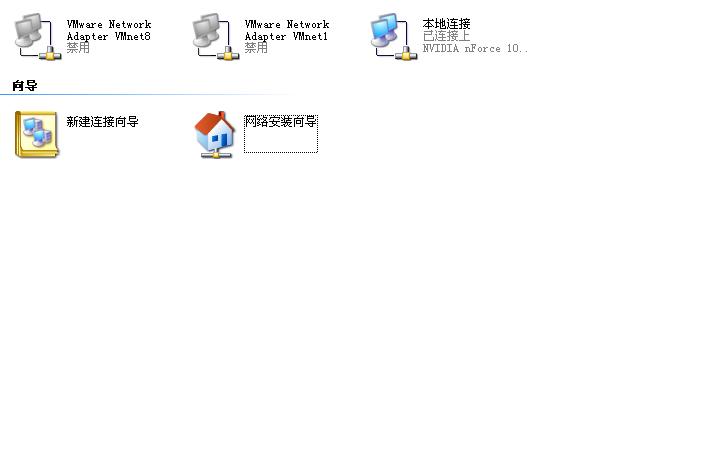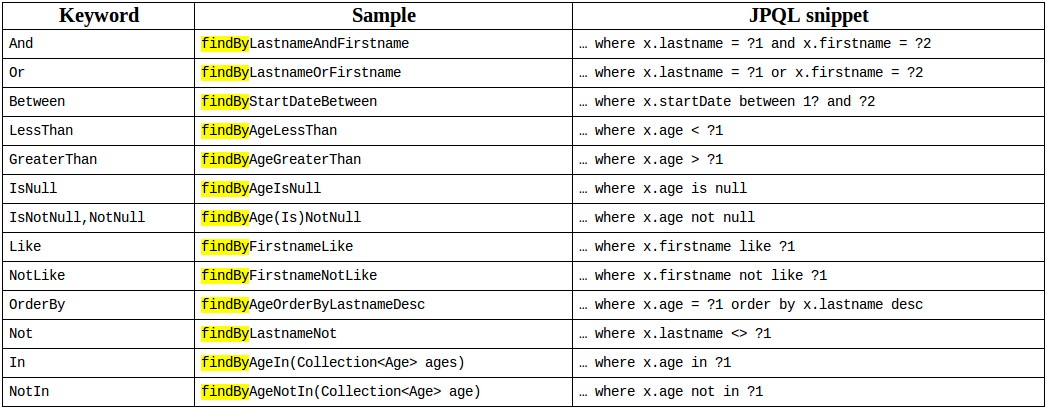IS08583报文协议包的解析和封装java源代码
一:IS08583包介绍:
ISO8583包(简称8583包)是一个国际标准的包格式,最多由128个字段域组成,每个域都有统一的规定,并有定长与变长之分。
8583包前面一段为位图,用来确定包的字段域组成情况。其中位图是8583包的灵魂,它是打包解包确定字段域的关键, 而了解每个字段域的属性则是填写数据的基础。
1:位图说明:
位置:在8583包的第1 位
格式:定长
类型:B16(二进制16位,16*8=128bit)
描述:
如将位图的第一位设为'1',表示使用扩展位图(128个域),否则表示只使用基本位图(64个域)。
如使用某数据域,应在位图中将相应的位设位'1',如使用41域,需将位图的41位设为'1'。
选用条件:如使用65到128域,需设位图域第一位为'1'
2:域的定义:
typedef struct ISO8583
{
int bit_flag; /*域数据类型0 -- string, 1 -- int, 2 -- binary*/
char *data_name; /*域名*/
int length; /*数据域长度*/
int length_in_byte;/*实际长度(如果是变长)*/
int variable_flag; /*是否变长标志0:否 2:2位变长, 3:3位变长*/
int datatyp; /*0 -- string, 1 -- int, 2 -- binary*/
char *data; /*存放具体值*/
int attribute; /*保留*/
} ISO8583;
二:定义BitMap类
类说明:根据ISO8583 包的域定义,定义BitMap类存储每个域的信息。例如:
package com.lottery.pos.model;
public class BitMap {
private int bit; //位
private int bittype; //数据类型 1 ascii 2 binary
private int variable; //是否变长0 不是 2 两位变长 3 三位变长
private int len; //数据长度
private byte[] dat; //数据
public int getBit() {
return bit;
}
public void setBit(int bit) {
this.bit = bit;
}
public int getBittype() {
return bittype;
}
public void setBittype(int bittype) {
this.bittype = bittype;
}
public int getVariable() {
return variable;
}
public void setVariable(int variable) {
this.variable = variable;
}
public byte[] getDat() {
return dat;
}
public void setDat(byte[] dat) {
this.dat = dat;
}
public int getLen() {
return len;
}
public void setLen(int len) {
this.len = len;
}
}
三:定义PortConfig类
类说明:定义配置信息类。根据此类解析和封装数据。例如:
package com.lottery.pos.model;
public class PortConfig {
/**
* 存放所有接口的配置信息
* [][0] bit 位:在Map中的位
* [][1] type 类型:1 ascii 2 binary
* [][2] len 长度:(对定长有效)
* [][3] varLen 变长:0非变长 2位变长 3位变长
*/
// 定义一个二位数组存放配置信息。
public static final int[][] config= {
{11,1,6,0},
{12,1,6,0},
{13,1,4,0},
{32,1,11,0},
{37,1,12,0},
{39,1,2,0},
{40,2,50,2},
{41,1,8,0},
{48,1,52,3},
{120,2,128,3},
};
}
四:定义BitMapiso类
类说明:此类提供解析请求包和封装信息包两个方法,例如:
package com.lottery.pos.utils;
import java.util.ArrayList;
import java.util.List;
import com.lottery.pos.model.BitMap;
public class BitMapiso {
/**
* 解析请求包
* @param body
* @param config
* @return List
*/
@SuppressWarnings("unchecked")
public static List unpackRequest(byte[] body, int[][] config) {
List outList = new ArrayList();
// 取得除信息类型以外的包信息。也就是取得位图的初始位置。
byte[] realbody = new byte[body.length - 4];
System.arraycopy(body, 4, realbody, 0, realbody.length);
// 取得位图
byte[] map = null;
byte[] map8 = new byte[8];
System.arraycopy(realbody, 0, map8, 0, 8);
boolean[] bmap8 = LoUtils.getBinaryFromByte(map8);
if (bmap8[1]) {
// 如果第一位为1,则是可扩展位图,设为16字节长度。
map = new byte[16];
System.arraycopy(realbody, 0, map, 0, 16);
} else {
map = map8;
}
boolean[] bmap = LoUtils.getBinaryFromByte(map);
int tmplen = map.length;
for (int i = 2; i < bmap.length; i++) {
if (bmap[i]) {
//BitMap bitMap = null;
// 寻找位图中的1对应的数据
int bit=-1;
for (int j = 0; j < config.length; j++) {
if (config[j][0] == i) {
bit=j;
break;
}
}
BitMap outBitMap = new BitMap();
outBitMap.setBit(i);
outBitMap.setBittype(config[bit][1]);
//len对变长是无用的。
outBitMap.setLen(config[bit][2]);
outBitMap.setVariable(config[bit][3]);
byte[] nextData = null;
if (config[bit][3] > 0) {
//取出变长部分的值。
int varLen = config[bit][3];
if (config[bit][1] == 2) {
varLen = varLen - 1;
}
byte[] varValue = new byte[varLen];
System.arraycopy(realbody, tmplen, varValue, 0, varValue.length);
int datLen = 0;
if (config[bit][1] == 2) {
datLen = LoUtils.bcdToint(varValue);
} else {
datLen = byteToInt(varValue);
}
tmplen += varLen;
// 取出变长部分后带的值。
nextData = new byte[datLen];
System.arraycopy(realbody, tmplen, nextData, 0,nextData.length);
tmplen += nextData.length;
} else {
nextDa
补充:软件开发 , Java ,




